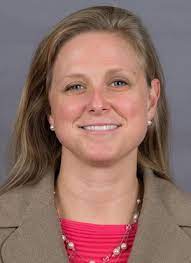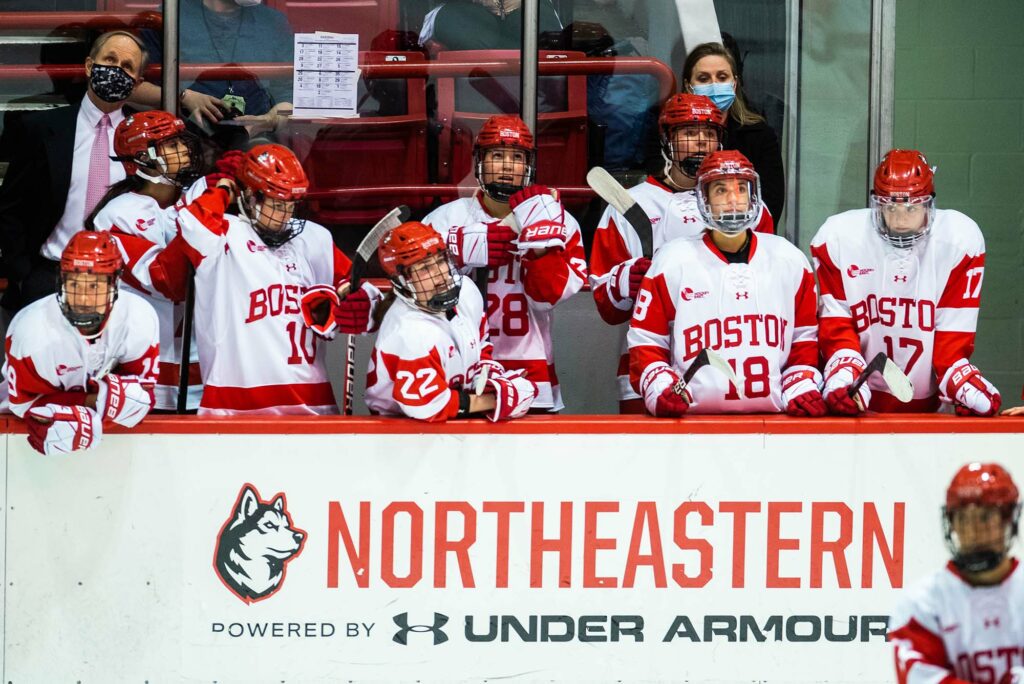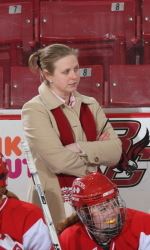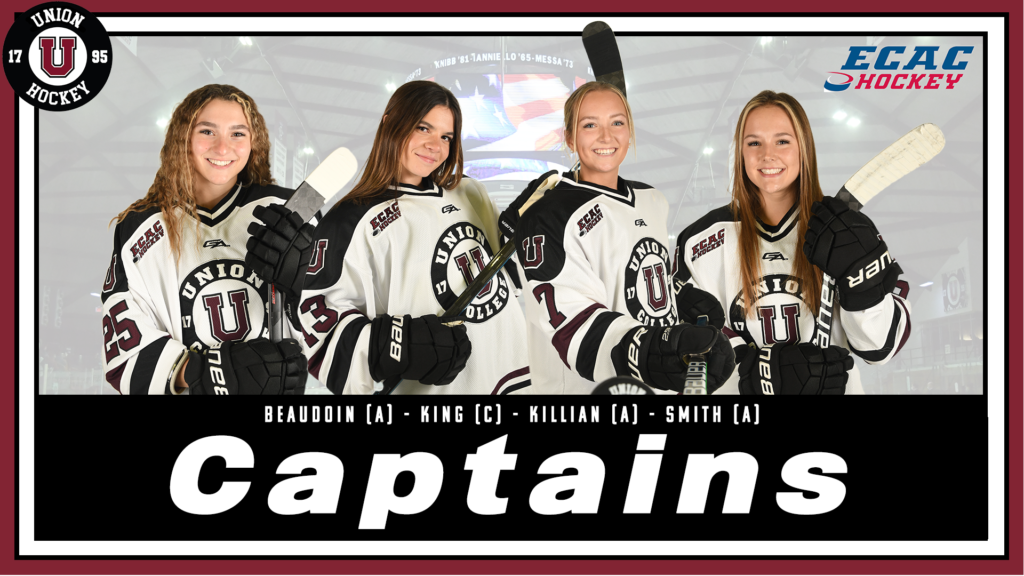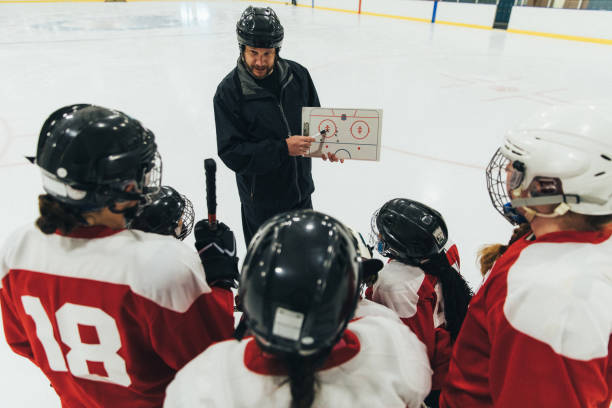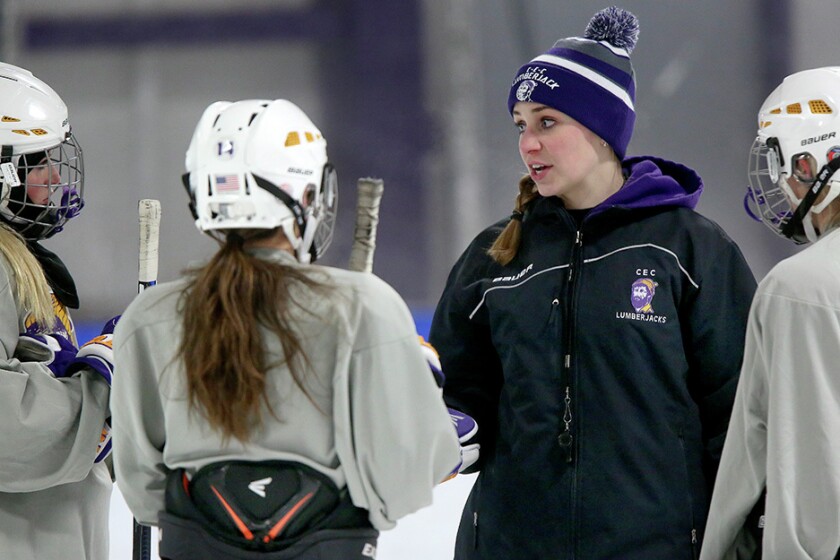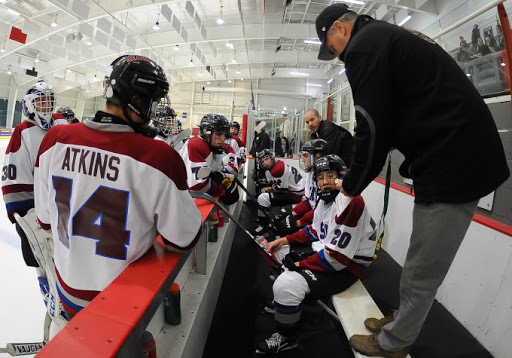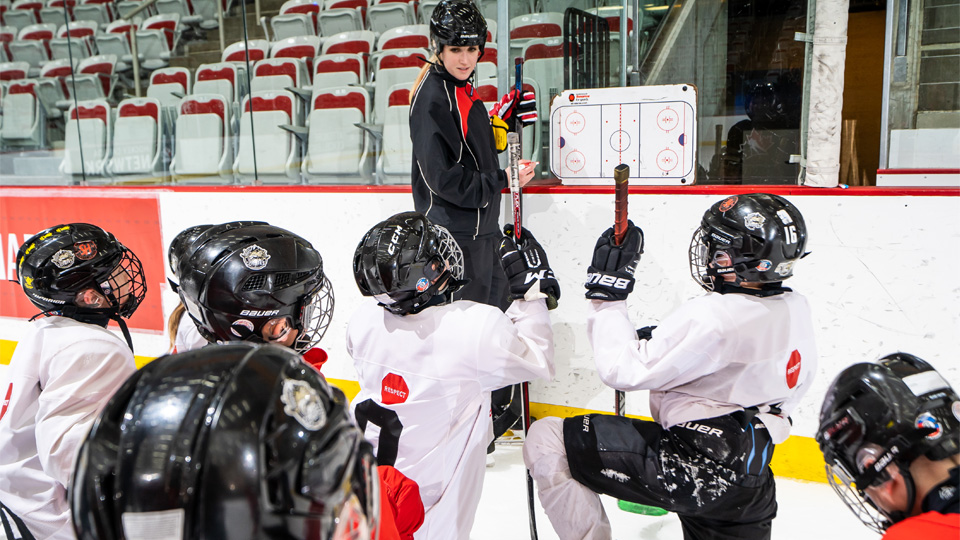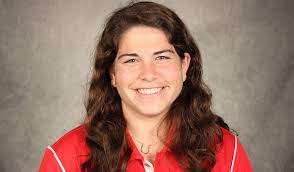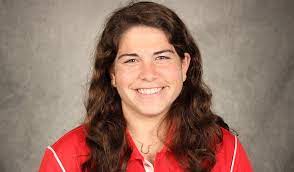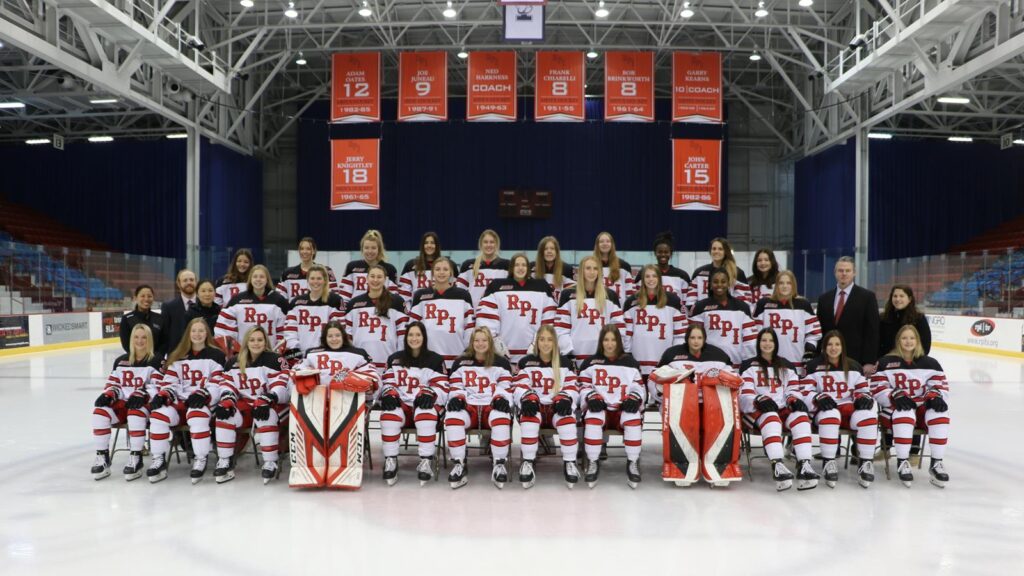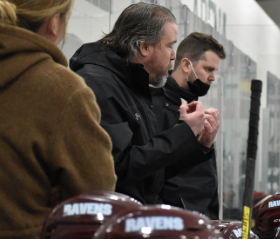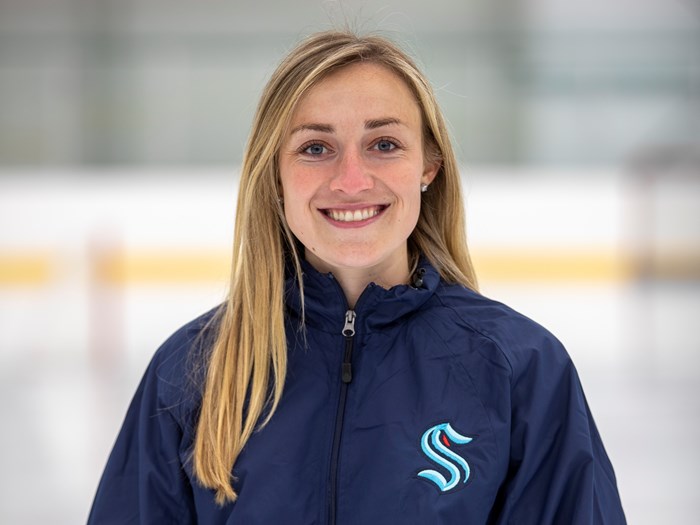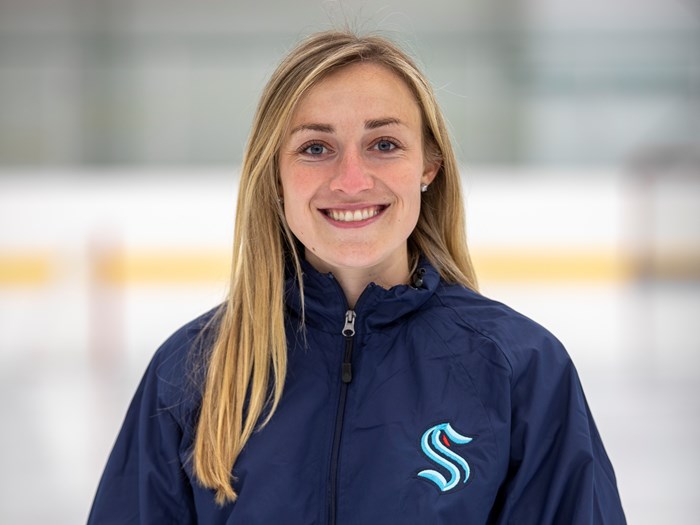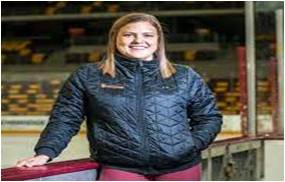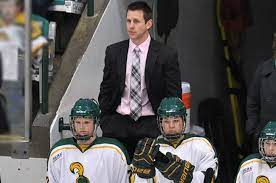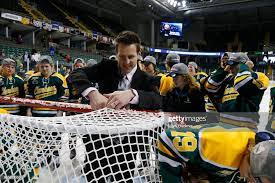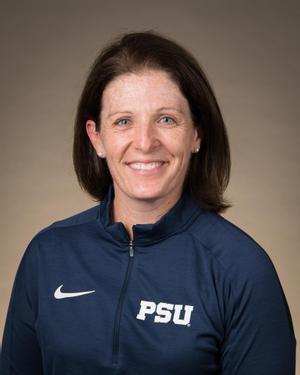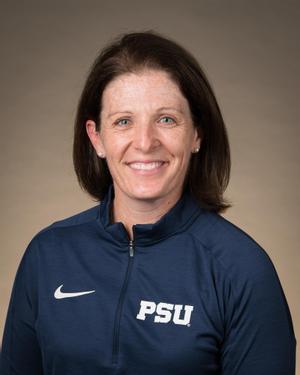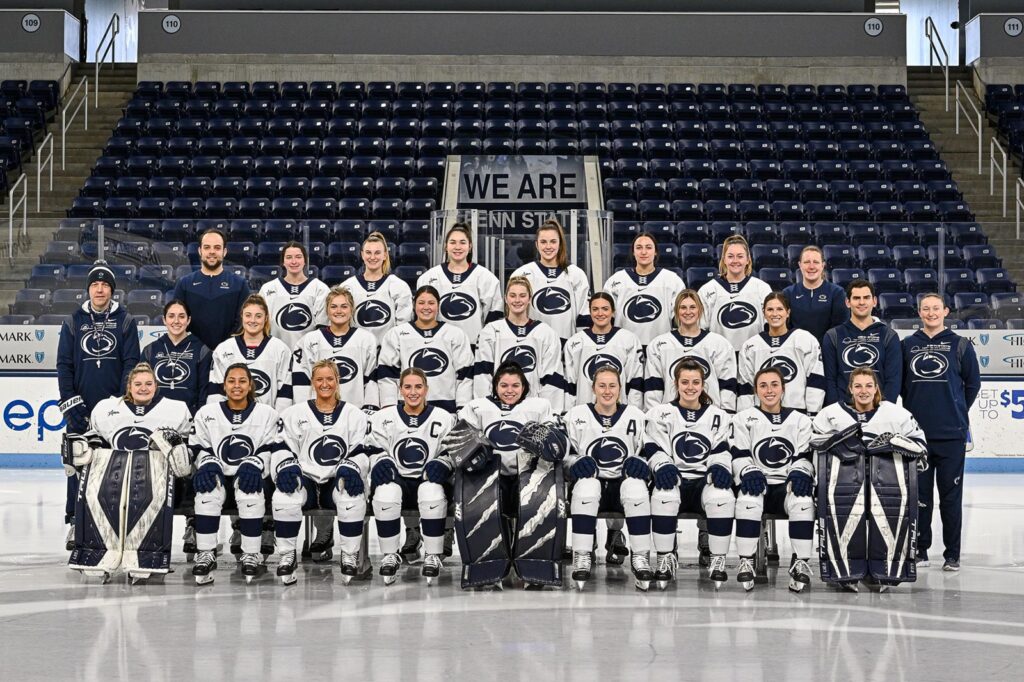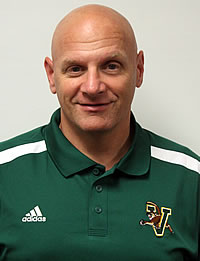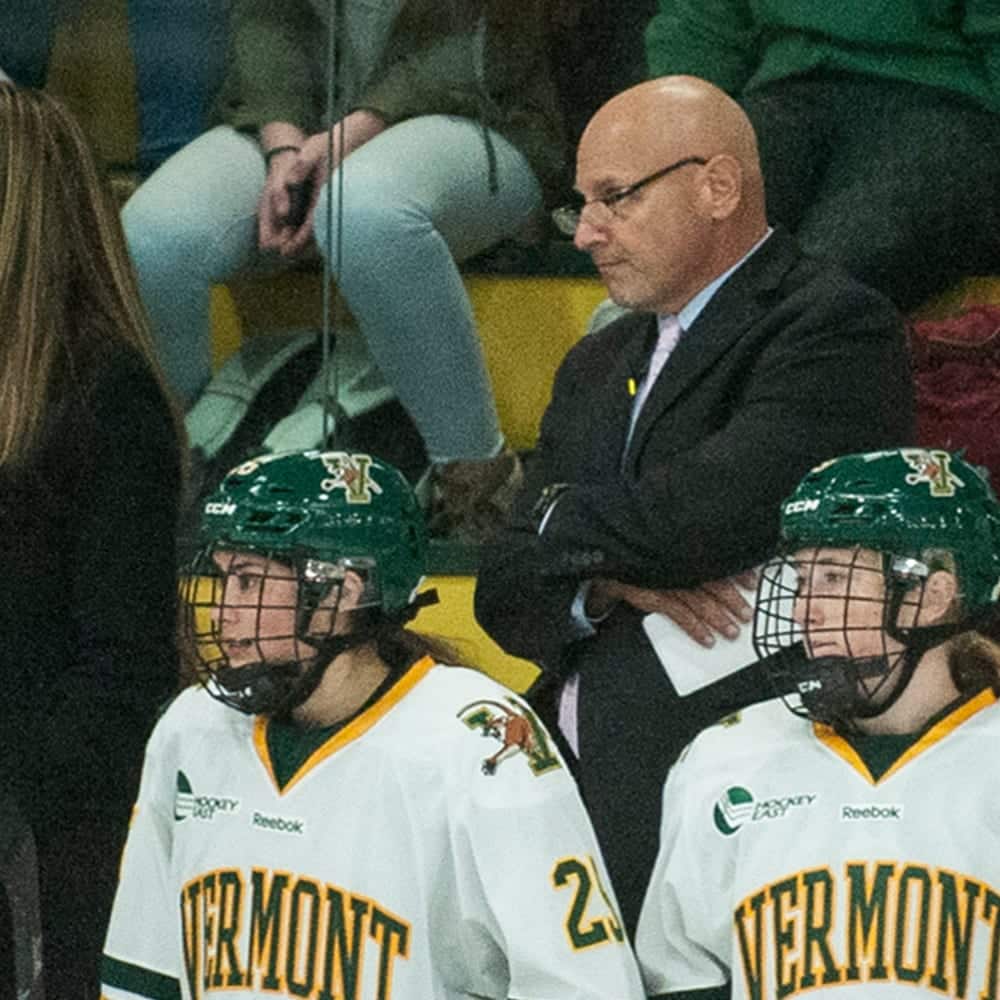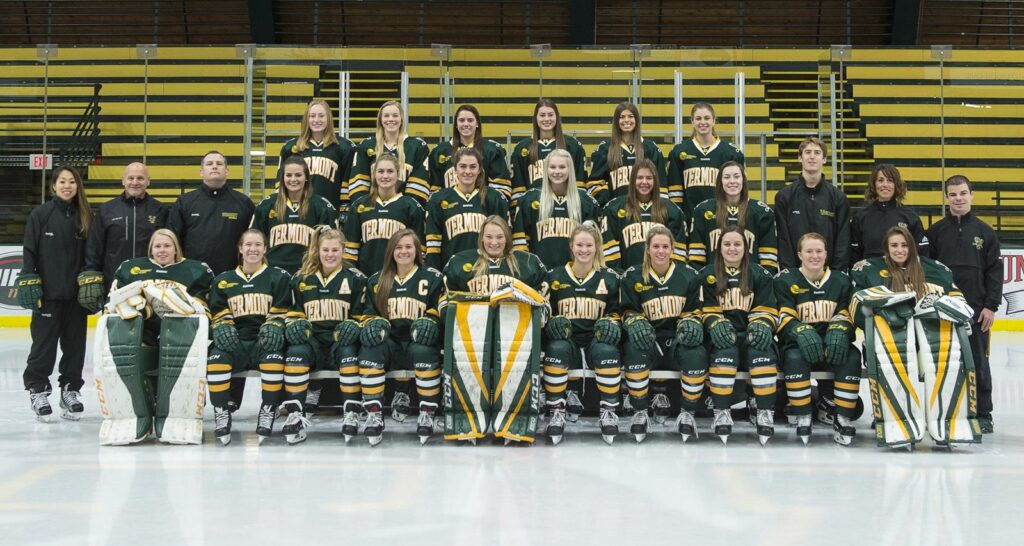One of my biggest frustrations over the last 18 months or so has been about providing feedback to players. Across many different playing environments I have been consistently disappointed in the lack of sophistication and priority on giving insightful, actionable feedback to players. This post discusses the good and bad of hockey coach feedback to players.
Here is what I’ve seen what most coaches are good at:
1. In-game feedback
For the most part, coaches have no problem talking to players after a shift and have a conversation about what just happened. Some coaches are more positive and constructive than others (e.g. “What did you see?” rather than “Here is what you did wrong…”). I doubt there are many coaches who last a reasonable amount of time without providing this basic level of constructive player feedback.
2. Overall team style of play / team concepts
I won’t say systems – because some youth coaches do play systems and others have a type of hockey they want to play which focuses more on skills rather than set plays and rules. In general, coaches know how to set theses expectations and work on the in practice. Thus it can be pretty easy to give this kind of feedback either on the bench or in the locker room.
However, here’s what coaches generally aren’t good at:
A. Having position-specific, age and level appropriate development framework
What are the prioritized skills and attributes a player should be competent in? What are their biggest strengths that they can leverage? What areas do they need to level up so that they can minimize those attributes being exposed. For example, skating, puck handling, shot strength and accuracy. From what I’ve seen, it is usually one-off feedback with the player having to work on it with by themselves or with their own skills development coach.
Having a coach show personalized clips to an individual player is very rare. Many coaches do not have the time or resources to provide player-specific reviews. However, it can be a shared responsibility between player, coach and parent to clip together game footage and to discuss together.
B. In-season feedback
Providing individual report cards or interim check-ins throughout the season on what strengths and development opportunities like skills and/or concepts for a player. For example, Darryl Belfry likes to look at players over a 3 or 4 game segment and track with video and basic stats (e.g. how many puck touches turn into a positive or negative play) and then discuss them with a player. Some coaches give mid-year reviews for their players and in my experience it looks like a bullet list of 3 or items for the player to work on. However, the onus is then on the player to figure out how to get better at those items on their own.
C. Holistic, high level feedback
This is a tough one.
Being candid with a player about where they are with their game at the moment can be a very tough conversation regardless of the players abilities. All players are an unfinished product. And in youth hockey they are still a long way from their peak potential – so providing the appropriate context and perspective is not always easy.
Why don’t all coaches provide holistic feedback? Some…
- Just aren’t good coaches (or at least not as good as they think they are)
- Don’t have a long-term development framework for players at each level
- Don’t know how to provide feedback effectively
- Don’t invest the time in the process (don’t have time)
- It is not a priority for them
- Don’t have an incentive to put in the time
- Don’t have a framework
- Fear of parent/player reaction
- Politics
Unfortunately, I have seen the above at almost every level, but most disappointing has been seeing it at the highest levels of hockey. For example, in a rare instance of this being done well…one player who was in consideration for a national team, received lots of feedback and what the coaches wanted to them do this season. However, what was more common are the many examples where other players attending national camps received little to no meaningful feedback, even when requested. It seems that unless a coach or organization has a vested, long-term interest in a player or team, they will not put in the time or effort that most players need.
As a parent or a youth player, it is important to be realistic on the types of feedback to expect from your team coach based on the level of play and the club/program you signed up for. In most situations, you will likely have to go beyond the basic feedback practices of your coach and find ways to supplement them with other experts you trust.
(Note to my kids current coaches: I am not referring to you – this post was mostly written over the past summer and incorporates conversations I’ve had with parents from all over the country).
